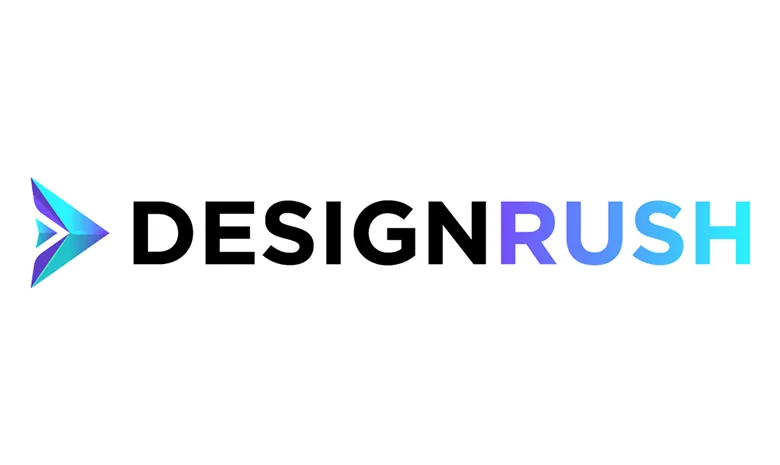Marketing That
Really Works!

Effortless Efficiency, Exceptional Results: A Guide to Creating Smart Websites with AI
AI (Artificial Intelligence) is transforming the way we design and develop websites. With the advancements in AI technology, we can now create smart websites that are responsive, intuitive, and highly functional. These websites adapt to user behaviours and provide personalised experiences, making them more engaging and effective.
One of the most significant impacts of AI in web design is its ability to analyse user data and make intelligent decisions. By understanding user preferences, AI can suggest design elements, optimise content, and even predict user needs. This capability allows us to create websites that are not just visually appealing but also highly functional.
Plus, AI-powered tools streamline the web design process, making it faster and more efficient. Tasks that once took hours can now be completed in minutes, thanks to automation. From layout suggestions to content generation, AI tools handle a variety of tasks, freeing up our time to focus on creativity and strategy.
As we delve deeper into 2024, integrating AI in web design is no longer an option but a necessity to stay ahead in the competitive landscape.
How AI Technology is Revolutionizing Web Design
AI technology is revolutionising web design by bringing in capabilities that make websites more intelligent and user-friendly. One significant change AI brings is the automation of repetitive tasks. For instance, AI tools can automatically generate layouts, adjust colour schemes, and optimise images based on user preferences. This automation speeds up the design process and ensures consistency across the website.
Additionally, AI enhances user experience by personalising content and interactions. By analysing user data, AI can deliver tailored content that matches individual preferences. This means users see what they are most interested in, keeping them engaged longer.
AI can also predict user behaviour, allowing us to make adjustments in real-time to improve the site's effectiveness. This level of customisation was previously unattainable and sets a new standard for web design.
Key AI Features That Make Websites Smart
Several AI features are essential for making websites smart and interactive. First, Chatbots play a vital role in providing instant customer support. These AI-driven virtual assistants can answer questions, guide users, and even complete transactions. They operate 24/7, ensuring that visitors always have access to help when they need it.
Another important feature is Content Personalization. AI algorithms track user behaviour to deliver personalised content. When a visitor returns to the website, AI can showcase content based on their past activities, making the experience more relevant. This feature significantly enhances user engagement and satisfaction.
Predictive Analytics is another key feature making websites smart. AI can analyse past data to predict future trends and user actions. This allows us to address customer needs and optimise the user journey proactively. Additionally, integration with Voice Search technologies makes websites more accessible. Users can interact with the site using voice commands, making navigation easier and more intuitive.
Dynamic Pricing is also becoming popular. AI analyses various factors like demand, user behaviour, and market conditions to adjust prices in real-time. This ensures competitiveness and maximises profitability. By incorporating these AI features, we create websites that are not just visually appealing but also intelligent and customer-centric.
Benefits of Using AI in Web Design
Using AI in web design offers numerous benefits that enhance both the development process and the end-user experience. One major benefit is improved efficiency. AI automates repetitive tasks such as image optimisation, layout adjustments, and content updates. This automation reduces the time and effort needed for manual tasks, allowing us to focus more on creativity and strategic planning. With AI handling routine work, we can deliver high-quality websites faster and more efficiently.
Another significant benefit is enhanced user experience. AI can analyse user behaviour and preferences to deliver personalised content. Visitors see relevant information that matches their interests, which increases engagement and satisfaction. For example, an AI-powered recommendation engine can suggest products or articles based on a user’s browsing history, making the website more interactive and helpful. This personalised approach keeps users engaged and encourages repeat visits and loyalty.
Cost savings are a noteworthy advantage. By automating various design and maintenance tasks, AI reduces the need for extensive human intervention, leading to lower hiring costs and operational expenses. Additionally, AI tools can identify and fix issues before they become significant problems, saving money on potential repairs and improving the website's reliability.
Steps to Implement AI in Your Web Design Process
Implementing AI in your web design process involves several key steps to ensure successful integration. First, identify the areas where AI can add the most value. These might include tasks such as customer support, content personalisation, or data analysis. Then, determine what aspects of your web design process would benefit from automation and predictive analytics.
Next, select the right AI tools. Evaluate various AI solutions based on their features, ease of use, and integration capabilities. Look for tools that align with your specific needs, whether it’s chatbot integration, predictive analytics, or dynamic content generation. Once you’ve chosen the right tools, train your team on how to use them effectively. Ensure everyone understands the capabilities and limitations of the AI tools to maximise their benefits.
Once the tools are in place, develop a prototype that incorporates AI functionalities. Test this prototype to identify any issues and make necessary adjustments. During this phase, gather feedback from users and stakeholders to ensure the AI features meet their expectations.
Finally, the AI systems must be monitored and optimised continuously. Regularly review performance metrics and make ongoing improvements to keep the AI functionalities aligned with user needs and evolving trends.
How AI Technology Can Build a Smarter Website for You
AI technology is transforming web design by making websites more intelligent, efficient, and user-friendly. Integrating AI into our web design process allows us to create websites that adapt to user behaviours, offer personalised experiences, and streamline development tasks. This evolution in web design enhances the user experience and results in cost savings and improved operational efficiency.
As we continue to embrace the advancements in AI, it’s essential to stay informed and agile in our approach. Meshroad Marketing is here to help you navigate this exciting landscape. Contact us today to learn how we can leverage AI technology to create smart, effective websites that drive your business forward—partner with our web design agency in Vancouver to take your web design and CRM automation to the next level.








